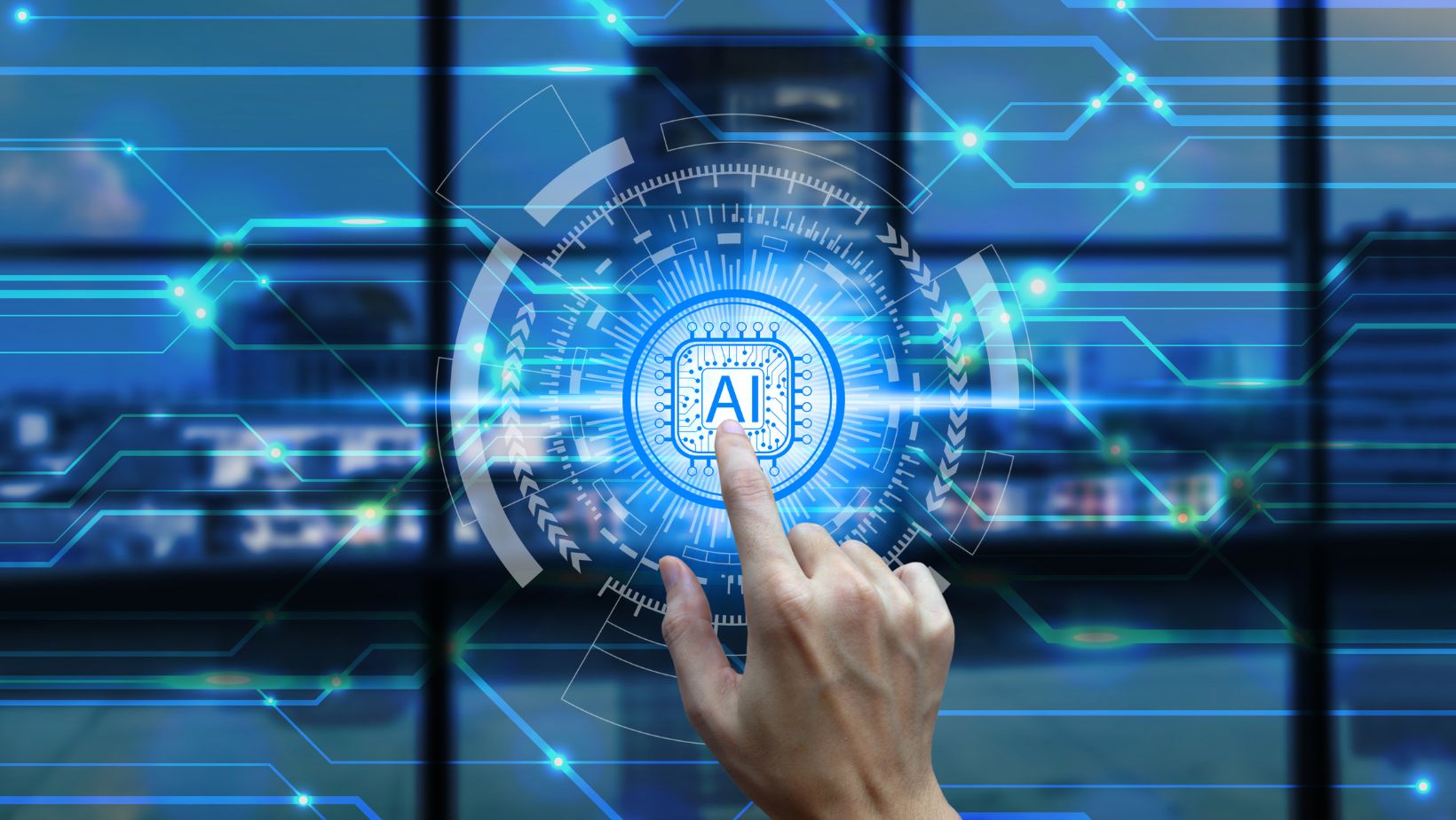Software testing is a critical part of any development process, but this process can also be time-consuming and expensive, slowing down development. As developers search for ways to develop software faster and maintain a high level of quality, AI for software testing offers developers an important way to reduce time and cost. AI tools can add substantial value by automating workflows, finding defects earlier in the life cycle, and bringing overall efficiencies.
In this blog, we will focus on how the deployment of AI testing can reduce cost and drive quality, which ultimately changes the economics of software development.
The Traditional Cost Burden of Software Testing
In order to address the cost advantages of AI in software testing, it is important to first evaluate the cost sources of traditional software testing. Software testing, especially manual testing, is substantially expensive. The role of manual labor costs, delay in time, and maintenance add up over time.
Manual Testing: The Primary Cost Driver
Manual testing is one of the oldest and most common ways to check software quality. And with that, it is also the most costly due to the amount of human effort.
High Labor Costs
- Testing is executed by human testers who use their manual effort to run the test cases, debug, and document the results.
- As applications grow larger with hundreds or thousands of test cases, they’ll need to onboard additional testers, which directly lends itself to increased labor costs.
- Both training and hiring staff are expensive, especially when finding expert-level QA professionals.
Time-Consuming Process
- Manual testing takes longer than automated testing. Test cases must be executed sequentially. Any time spent executing tests adds time to the development cycle.
- The more time it takes to test, the later the discovered defects can be fixed, and that pushes back the delivery of software.
- Long test cycles also prevent developers from developing new features, thus killing innovation.
Test script maintenance
- As software changes and features are added, test scripts need to be updated.
- This updating can take a significant amount of time and effort because every time the application changes, the test cases need to be updated, too.
- If there are many scripts (e.g., in a large-scale app), the time and cost of maintaining test scripts can be overwhelming.
Late Bug Detection
- Bugs identified late in manual testing can be costly. The cost to fix bugs increases exponentially with late detection.
- Defects that occur after a software release can have a detrimental effect on it and result in expensive hotfixes and user support issues.
- Bugs identified after release can cause a negative impact on user trust and lead to revenue loss.
How can AI in testing reduce costs?
Since the testing industry faces these challenges with traditional testing, AI in testing has the potential to be a game-changer.
With the power of AI to automate repetitive tasks, process massive amounts of data, and predict bugs before they arise, AI is the ideal tool that can cut costs in software testing.
Automating Routine Work
AI testing tools automate the most routine tasks in software testing, including executing test cases, regression testing, and data validation.
Automation Speeds Up Testing
- Compared to manual testers, AI tools can finish testing significantly more quickly. Automated tests can be executed in parallel, therefore significantly reducing the amount of time devoted to each testing cycle.
- AI-powered testing tools ensure that every change is tested quickly, reducing the time it takes to provide feedback and thus enabling faster software launches.
- This reduction of time directly impacts time-to-market in order to keep companies competitive.
Reduced Labor Requirements
- AI lessens the need for extensive QA teams by automating the majority of test procedures.
- Instead, a smaller team can supervise and manage the testing tools driven by AI, which reduces costs since they won’t need to recruit testers or other personnel.
- This also allows the existing QA teams more time to complete higher-value tasks, such as developing new test cases or using the time gained to interpret the results of testing, rather than running the testing manually through repetitive tasks.
For example, you can use KaneAI by LambdaTest, a GenAI-native test agent that enables teams to create, manage, and evolve automated tests using natural language.
It supports multiple frameworks like Selenium, Playwright, Cypress, and Appium, making it easy to generate reliable tests without writing code. With KaneAI, teams can streamline test creation, debugging, and maintenance, reducing manual effort, improving test coverage, and accelerating release cycles.
Faster Time to Market: A Direct Cost Savings
In the software industry, time is money. The sooner software is developed and released, the sooner it begins to make money. AI testing tools enable organizations to reduce release cycle time and deliver software faster, all while maintaining quality. It plays a key role in speeding up time to market.
Speed Test Cycles Up
AI can test faster than human beings can. AI tools can automate the testing process and run multiple tests at one time, thereby greatly shortening the time spent in testing.
Testing in Parallel
- With manual testing, tests must run one at a time. e; AI tools run tests in parallel across devices, environments, and configurations.
- By running tests in parallel, AI can speed up test execution by testing different aspects of the same software simultaneously.
- The result is that the test cycles that take days to execute can be completed in hours.
Continuous Testing in Agile Environments
- AI tools support continuous testing, which is an essential part of agile software development.
- In agile development, the software is released in iterations. Each iteration must be tested very quickly to maintain quality.
- AI provides teams the ability to do continuous integration and testing without slowdowns or backlogs that are typical in manual testing methods. The fast feedback of AI allows development teams to catch bugs more quickly in the development phase and quickly fix them, getting your project back on schedule.
Fast Feedback for Developers
- With AI-based testing, developers get immediate feedback that a new piece of code has bugs when the code causes defects.
- Similar to continuous development, AI-based testing will help developers fix bugs faster and iterate quicker, which is great for releasing software to market faster.
- AI allows developers to re-test more quickly, too, reducing the friction in code and the time commitment of re-testing, and this reduces the amount of time teams need to bring the new feature to the user.
AI Enhances Test Coverage and Reduces Maintenance Costs
Another aspect where AI provides significant savings is test coverage and retesting. Traditional testing approaches fail to cover the entire possible combinations of systems affecting use cases for the repository of testing, and as a result, they miss bugs. AI-based testing can process enormous amounts of data across dependencies to better understand test coverage and enable detection and adaptation as defects are identified in code changes.
Smarter Test Coverage with AI
AI-powered testing tools will leverage knowledge from previous tests and historical data to help recognize areas of the applications that are more prone to fail.
Predictive Testing
- Artificial intelligence (AI) tools use patterns in the code or user behavior to predict the areas most likely to fail.
- AI can assist in prioritizing tests in the areas most at risk while also ensuring that the most important parts of the application have indeed been tested.
By taking this predictive approach, testing becomes more efficient, while less time is spent testing lower-risk or unimportant features.
Continuous Learning and Improvement
- AI will use the results of previous testing and use that information to improve its testing approach.
- As the amount of information used increases, the accuracy of prediction and any further improvement to the testing process gets better.
The reliance on human involvement to improve the testing process is further reduced, and along with that improvement comes lower costs of maintenance in the longer term.
Self-Healing Capabilities
AI can also help reduce the testing burden of script maintenance, which is one of the biggest components of traditional testing.
Automatically Adapt to Change
- With traditional testing, you need to manually update your test scripts when the software’s dashboard or UI gets changed or modifications take place.
- AI tools can automatically update their test scripts to reflect changes in the application, meaning less upkeep on test cases.

This “self-heal” means that the tests are now right and accurate but also are now “in sync” with the application even as it changes, which saves a lot of time and effort.
Long-Term ROI and the Future of AI in Testing
While the up-front cost of AI-based tools seems expensive, the ROI after some time is considerable. The savings keep on compounding as AI is more embedded in the testing process.
Scalability Of Testing With Lower Cost
AI tools are very scalable, so as the software grows, they take on more complex testing without you even needing to allocate more costs to the test.
Do More with Less
- The complexity of testing requirements rises in pace with the complexity of software applications.
- AI tools fundamentally offer scalability as they automatically test more features without needing you to expend more resources.
Therefore, AI-enabled testing represents a cost-saving opportunity for companies that want to scale to be able to take on more complex software with no added cost increase.
Continuous Improvement for Long-Term Savings
- As AI tools continue to learn from historical test results, they become better at detecting failure and automating tests.
- Over time, they may require less manual oversight and a reduction in costs for testing.
Any organization that adopts AI-powered testing tools today will see their savings grow over the long run, as that system tends to improve and become efficient.
Conclusion
The cost benefits of using AI in software testing are apparent. By automating repetitive testing tasks, speeding up test cycles, and raising the quality of defect identification, AI-automated tools give a substantial cost benefit in time and money. Software development is becoming more complex and demands sooner release, requiring developers to adopt faster functional testing and AI-powered testing or expect to be outpaced by competitors. With manual tester costs decreasing and the quality of tests increasing in the form of higher test coverage, AI in testing has deliberately provided a pathway to efficient and cost-effective arrangements for software development.
By implementing AI-driven testing tools, developers can not only reduce costs but also improve software quality and, ultimately, the time to develop and market software, and so the return on investment will have a positive impact. The future is intelligent, and businesses that embrace AI early will not look back.



More Stories
Data Analytics for Law Firm Strategy and Sustainable Growth
How to Implement Generative AI Consulting for Your Business
Why Monitoring and Evaluation Tools Are Key to Sustainable Development Goals (SDGs) in Global Health